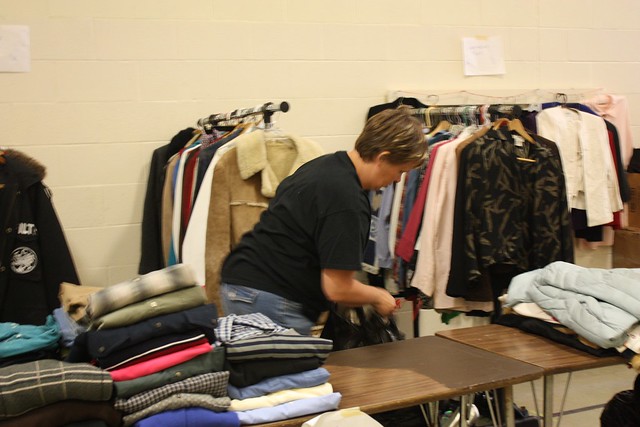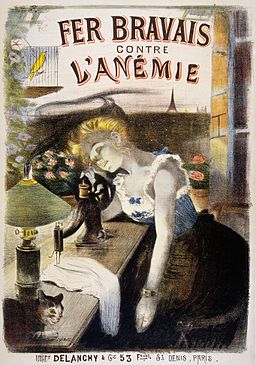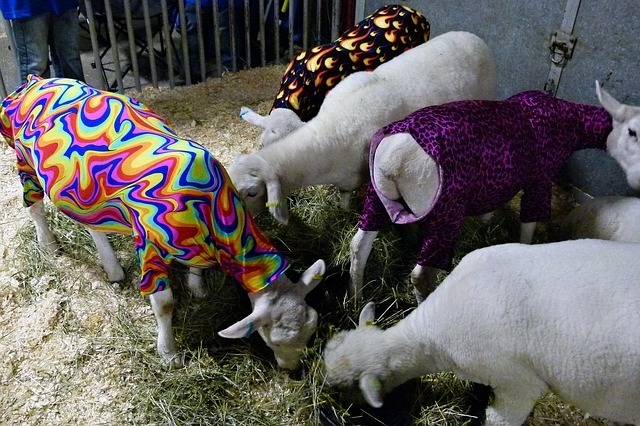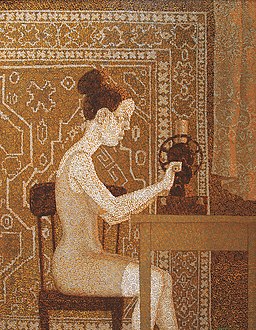Yes, I’ve merged episodes 10 and 11. Why? Two reasons: every time I tried thinking about 10, my thought process went via 11; and since I’ll be NaNoing next month, who knows what kind of condition I’ll be in for sensible forward planning by then?
I call it “ambitious simplicity”.
The task for episode 11 is basically to match up your chosen garments with your chosen colours.
So here’s how I see this working. The two long, full skirts would both be dark browns, but probably of different hues or textures. Neutral, is the main point.
Also neutral: the coat, the jacket, and the four sorts of footwear, plus the other kinds of things you only want one of, or want to wear with everything (see Miss Silver’s sixth precept).

The three warm woollies – the shawl, the cardigan and the waistcoat – would be in the near-neutrals: mahogany, forest green and aubergine. Mahogany shawl, I think; forest green cardigan and aubergine waistcoat. (Or possibly vice versa.)
The half dozen long-sleeved shirts could be any colour, but it’s the best place for statement colours: rich reds, hazel, plum, deep rose, buttery yellow. Any Of The Above, in fact; or even the ‘metallics’ as long as they’re not actually shiny. I love deep gold and coppery bronze but I don’t care for glitter. I could even add other colours if I felt like it, as long as they work with dark brown and at least one of the near-neutrals.
Thus, each outfit would consist of a colourful shirt, a warm woolly that goes well with it (e.g. deep rose shirt with aubergine waistcoat, hazel shirt with forest green cardigan, rich red shirt with mahogany shawl), and a skirt – plus coat, shoes etc – in the classic brown that goes with everything.

The downside of all this is how far it is from my actual wardrobe. But at least it gives me something to work toward! Little by little, as my present wardrobe wears out, I can add items that fit the plan, whether bought second-hand, made myself, or ethically acquired new.
How do your colours and garments match up? Feel free to take a couple of months over this – we won’t be moving on to the complex question of accessories (the last step!) till December.







